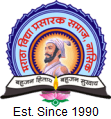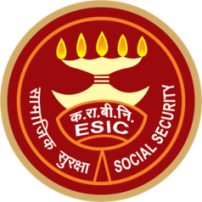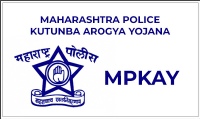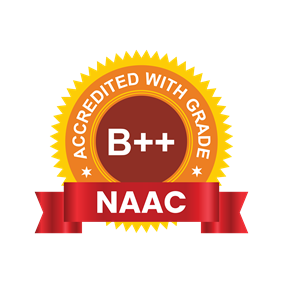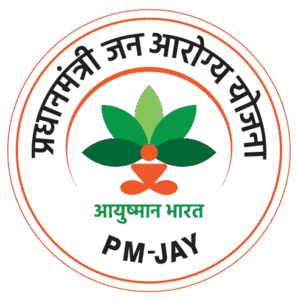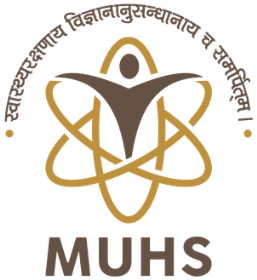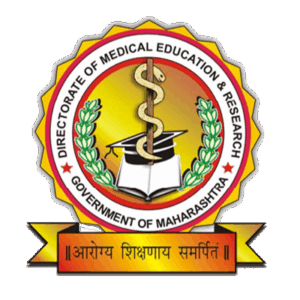TITLE OF PRACTICE:
HANDS-ON TEMPORAL BONE DISSECTION PRACTICE FOR PG STUDENTS.
OBJECTIVES:
To acquaint student with intricate anatomy of temporal bone in cadaver prior to surgical exposure.
To make students more competent in actual surgical dissection.
CONTEXT:
Temporal bone encompasses various vital structures in small confined and compact place and is often associated with various anatomical variations. This makes surgeries of temporal bone challenging and baffling to novice residents. With aim of making students well-versed with surgical anatomy of temporal bone, in our department we have made temporal dissection lab. In this lab regular dissection of cadaveric temporal bone is done, which is tailored and customised according to individual students level. Hence each student is able to perform surgeries on patient under supervision.
THE PRACTICE:
Every PG student has to dissect and demonstrate a surgical exercise on temporal bone. Every Thursday temporal dissection takes place in department between 2pm to 4pm. First year PG residents are to dissect temporal bone in their 2nd term. Second and Third year PG residents dissect temporal bone almost every week.
After admission, in department PG students are instructed to attend the temporal bone dissection.
In initial lectures, various faculties in department conduct and demonstrate introductory subjects like how to use microscope and introduction to use of drill. In the lecture of use of microscope, students are taught about various parts of microscope, how to handle and take care of microscope, under which magnification to visualize particular structure and how to gradually exercise to achieve binocular vision.
In second lecture, the drill use is covered vividly. Various types of burrs and their uses are discussed and demonstrated extensively to help student to understand various technical aspects of using this equipment.
Then after acquiring basic knowledge of equipment and how to mount cadaveric temporal bone on the stand, subsequent drilling exercise commences. First exercise which is demonstrated is Cortical Mastoidectomy and Tympanoplasty. In this exercise delineation of Mac-Evans triangle, sinus plate and dural plate is shown along with inspection of middle ear. This exercise is of utmost importance as it is basic step of most of surgeries. JR-1 are supposed to observe this and JR-2 and JR-3 exercise this.
After satisfactory cortical mastoidectomy has been done in the specimen, following exercises are demonstrated and done,
- Stapes surgery
- Atticotomy
- Posterior recess tympanotomy
- Canal wall down Mastoidectomy
After every dissection exercise, the specimen is inspected and examined by the designated faculty. A constructive feedback is given and if necessary certain exercises are redemonstrated again for better understanding.

